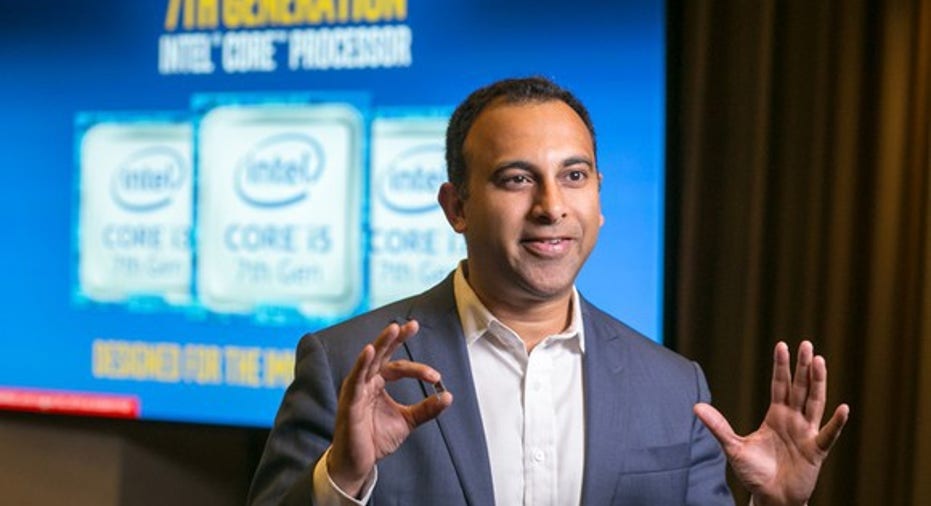Intel Corporation Finally Set to Whip Out "Core i9" Branding

Nearly a decade ago, Intel (NASDAQ: INTC) introduced a new branding scheme for its personal computer processors -- a standard "good, better, best" scheme. A Core i3 processor represented the "good," a Core i5 processor represented the "better," and a Core i7 was the creme de la creme, representing the best consumer-grade processors that money could buy.
That branding scheme is still in place today.
Image source: Intel.
That said, based on a recent, seemingly credible leak, Intel is planning to introduce the Core i9 branding with its upcoming Skylake-X high-end desktop (HEDT) platform.
It's not clear if Intel plans to stick with a "good, better, best" scheme, with what would have previously been a Core i3 becoming a Core i5, a Core i5 becoming a Core i7, and a Core i7 becoming a Core i9, or if Intel plans to keep the Core i3 around while introducing the Core i9 as a sort of "extreme" product tier.
In this column, I'd like to offer up my thoughts on the introduction of the Core i9 brand for the company's ultra-high-end processors.
It's about time
To be perfectly frank, it's really about time that Intel introduced the Core i9 branding. Under the current branding structure, Intel's highest-priced, highest-end desktop processors aren't marketed in a way to convince the average computer buyer that there's anything special about them compared to the much cheaper, lower-end desktop processors.
To put things into perspective, Intel will sell desktop users a Core i7-7700K for around $340 while also offering a Core i7-6900K for around $1,000.
The average, relatively uninformed computer buyer (e.g., most computer buyers) will see that a system powered by a Core i7-7700K is a Core i7-based computer and that the Core i7-6900K-based machine also has a Core i7.
If the Core i7-6900K (which has twice the number of processor cores as well as additional PCI Express lanes and twice the memory channels) were labeled as the Core i9-6900K, then perhaps systems based on it would have sold better in the marketplace.
Indeed, system vendors would probably have a much easier time moving systems with these types of chips if they could easily communicate that the chips inside are "better" than the ones with the more standard Core i7 chips.
I think Intel and its partners realized this, which probably explains the rumored branding change.
The desired impact
At the end of the day, Intel's goal is quite simple: It wants to try to get consumers to buy a richer product mix to boost its processor average selling prices and ultimately increase revenues/profits in a challenging overall personal computer market.
The Core i9 branding should help in this regard. The branding obviously isn't going to have much, if any, impact on the buying habits of die-hard, highly informed personal computer enthusiasts -- this subset of customers likely doesn't care what these chips are called.
But for the typical computer buyer who walks into a big-box retail store and asks the sales representative to assist him or her in purchasing a new gaming computer, the higher Core i9 tier could make a real difference in some customers' purchasing decisions, a difference that could mean a richer product mix for Intel and for personal computer vendors.
10 stocks we like better than IntelWhen investing geniuses David and Tom Gardner have a stock tip, it can pay to listen. After all, the newsletter they have run for over a decade, Motley Fool Stock Advisor, has tripled the market.*
David and Tom just revealed what they believe are the 10 best stocks for investors to buy right now... and Intel wasn't one of them! That's right -- they think these 10 stocks are even better buys.
Click here to learn about these picks!
*Stock Advisor returns as of May 1, 2017
Ashraf Eassa owns shares of Intel. The Motley Fool recommends Intel. The Motley Fool has a disclosure policy.